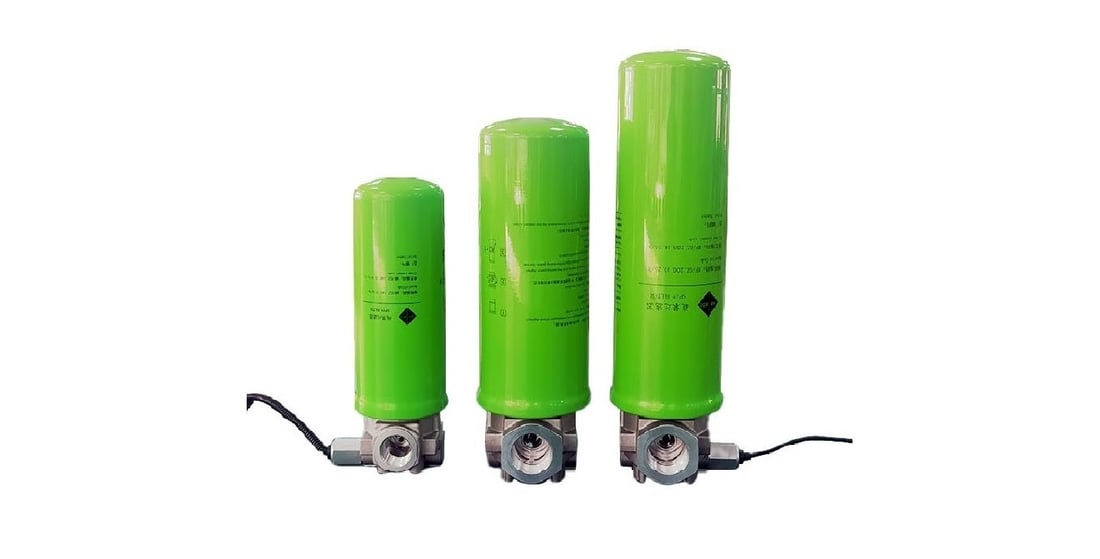The role of the rotary high pressure filter is mainly to filter out solid and liquid impurities in high pressure fluids. Specifically:
1. Filter impurities of the rotary high pressure filter
In high pressure systems, such as compressed air systems, high pressure filters can effectively remove dust, dirt and other particles from the air to ensure the cleanliness of the gas, thereby protecting the normal operation of downstream equipment and instruments.
2. Protect the device
By removing impurities, high pressure filters can reduce wear and tear on equipment, extend the service life of equipment, and prevent possible failures or damage, which is essential for maintaining stable system operation.
3. Improve system efficiency of the rotary high pressure filter
Clean fluids reduce energy loss and improve the overall efficiency of the system. For example, in pneumatic systems, clean air can reduce the load on the compressor and reduce energy consumption.
4. Security of the rotary high pressure filter
High pressure filters also prevent safety problems that can arise from the accumulation of impurities, such as the rupture of pressure vessels or pipe clogging.
5. Easy maintenance of the rotary high pressure filter
The rotary design makes the removal and replacement of the filter element more convenient and quick, helping to maintain the continuous operation and maintenance of the system.
6. Adapt to different pressures of the rotary high pressure filter
Depending on the material and design, high-pressure filters can handle different pressure levels of fluids, such as aluminum alloy materials can be used to handle pressures up to 50barg, while stainless steel materials can handle higher pressures up to 350barg.
7. Traffic requirements
High-pressure filters can also be designed according to different flow requirements to meet the flow requirements of different systems.
In summary, the rotary high pressure filter plays an important role in the industrial field, which not only ensures the cleaning of the fluid, but also protects the equipment, improves the efficiency of the system, and ensures the safety of the operation.

